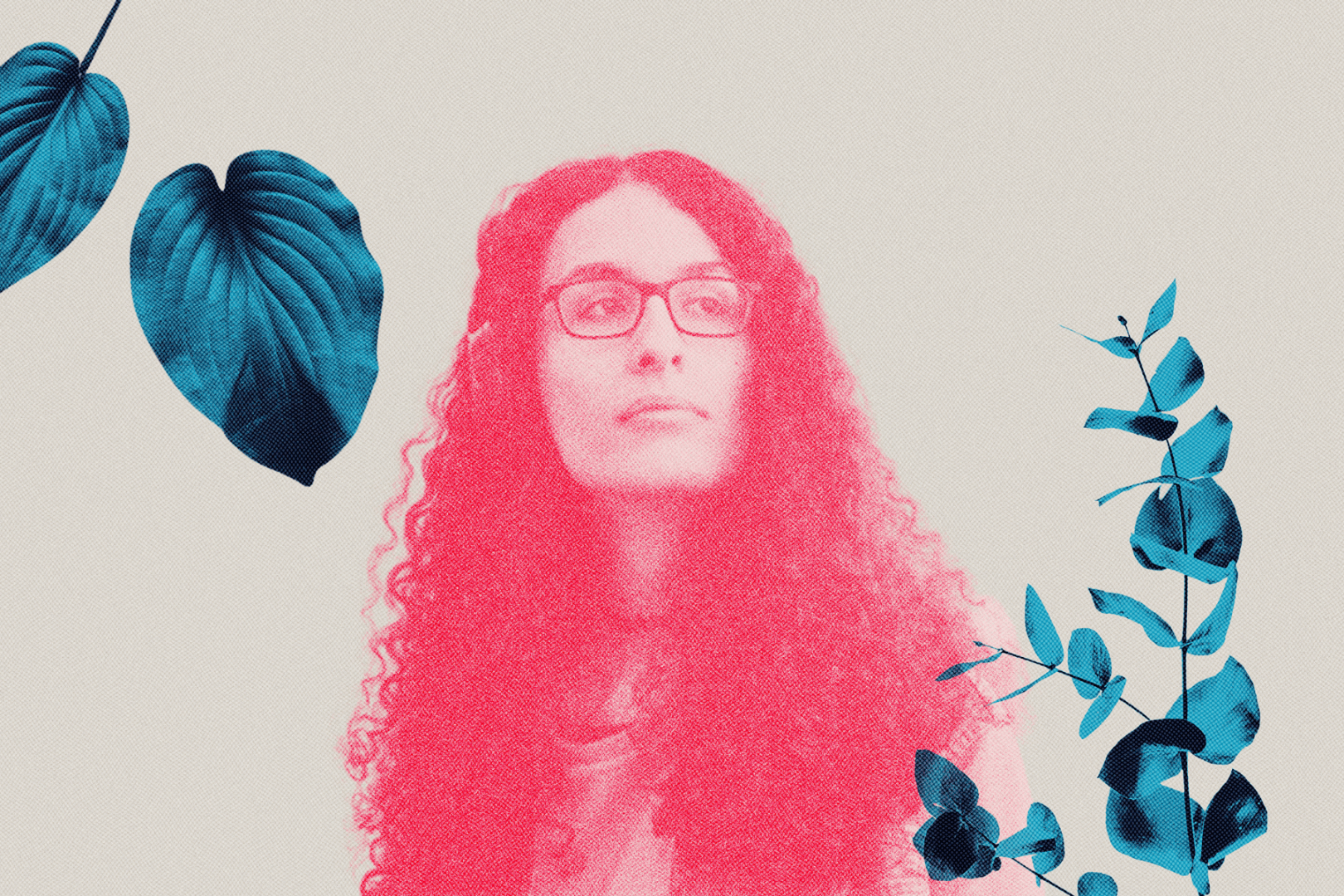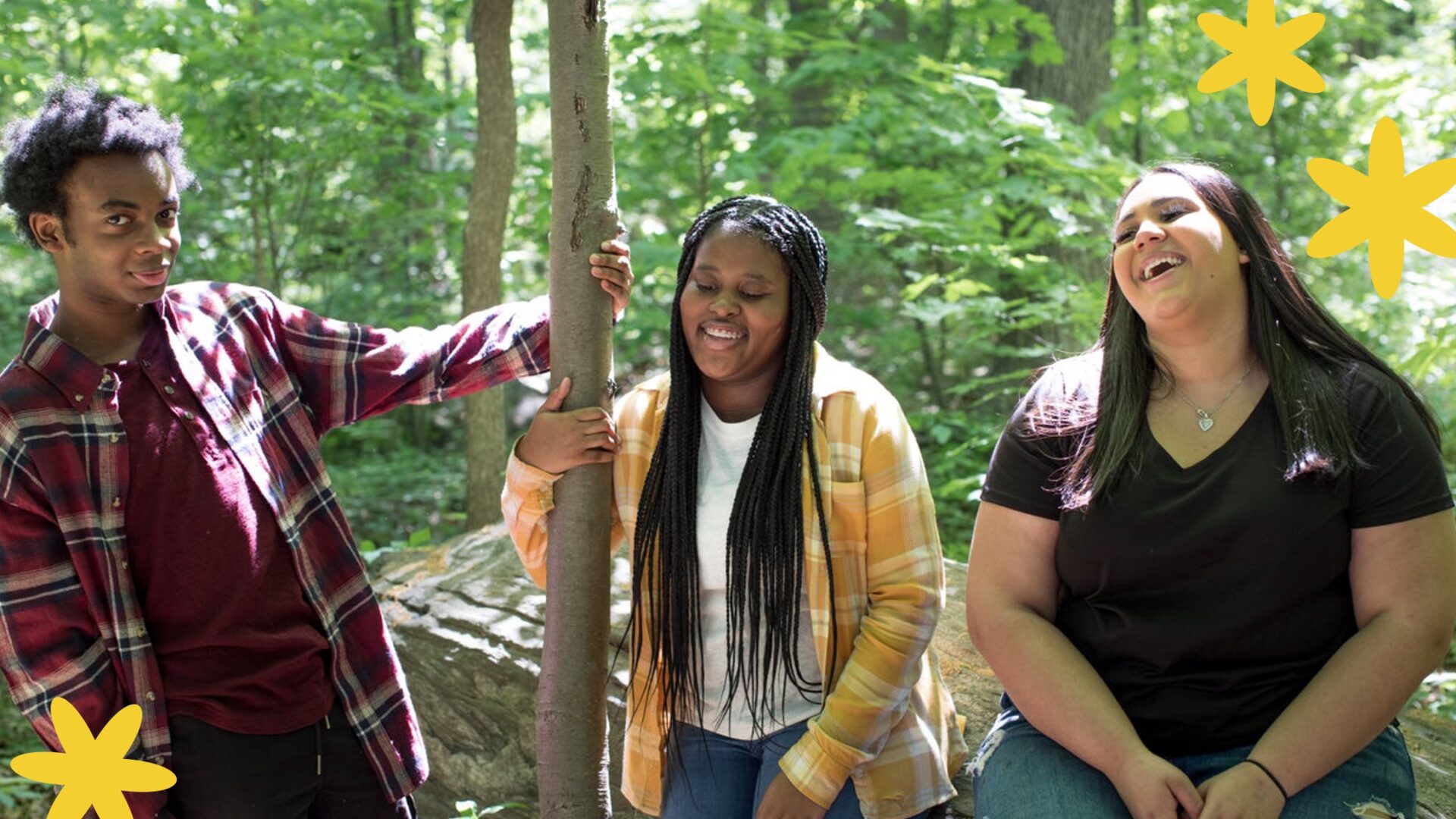Let me tell you a quick story about two organizations, both funded by the same funder.
Both launched new youth programs. Both were excited.
And both made the same mistake: They misjudged what young people really wanted, and participation was low.
But here’s where their stories split.
The first was a large national cisgender white-dominant nonprofit. The funder’s response? “That’s okay. What did you learn? Let’s use those lessons for the next round.”
They were praised for trying something new. They kept their funding. Their program iterated and grew stronger.
The second was a small grassroots group led by young people of color. Their low turnout was seen as failure, full stop.
Same funder. Same new initiatives. Same disappointing results. Different responses.
No one asked what they learned. Their program ended before it had a real chance to evolve.
This is the double standard of failure.
Photo by: Steve Johnson
We talk about innovation like it’s a playground: experiment, fail fast, learn, iterate. But the reality is not everyone has the same freedom to fail.
We talk about innovation like it’s a playground: experiment, fail fast, learn, iterate. But the reality is not everyone has the same freedom to fail.
For many communities—especially Black, Indigenous, and people of color; queer folks; immigrants; and people with disabilities—failure can carry costs far beyond the mistake itself.
Some of us grew up with the unspoken rule that if we mess up, it doesn’t just reflect on us: It reflects on everyone who looks like us.
Here’s why this matters:
- Mistakes can be interpreted as proof of harmful biases, especially for BIPOC leaders.
- Some communities feel pressure to appear “perfect” to be taken seriously in white-dominant spaces, discouraging honest conversations about struggles.
- When your housing, job, or safety feels precarious, taking a risk that might “fail” isn’t bold—it’s dangerous.
- Many institutions say they value innovation but reward only perfection, creating fear and silence.
- For generations, the cost of dissent or error has been exclusion, erasure, or worse. Those memories don’t just vanish.
This hesitation isn’t about ego. It’s about protection. For many of us, the fear of failure is woven into our history—and it’s a powerful inhibitor.
If you’re working on innovation and feeling that knot in your stomach—the quiet fear of getting it wrong—you’re not broken. You’re human. And if you come from a community where failure hasn’t been safe, that fear is rooted in lived experiences. The instinct to protect yourself and your community is real.
When only some individuals or organizations are allowed to fail safely, our field loses out—on voices, perspectives, and solutions we desperately need.
Failure fuels innovation. But when only some individuals or organizations are allowed to fail safely, our field loses out—on voices, perspectives, and solutions we desperately need.
If we want truly transformative innovation, we need to create spaces where everyone—not just the well-resourced—can fail, learn, and grow.
Because innovation doesn’t happen when we avoid failure.
It happens when we hold failure with care, learn from it deeply, and build something stronger together.
PHOTO BY: CHUTTERSNAP
Milagros Garrido, MS, PMP, is the Director for our Innovation and Research Department at Healthy Teen Network. Always ready for a challenge, she is at her best when she is finding clever and new ways of using technology to make the seemingly impossible a reality. Read more about Mila.









